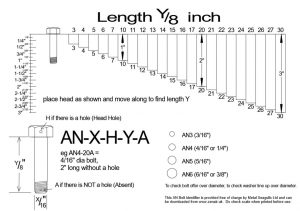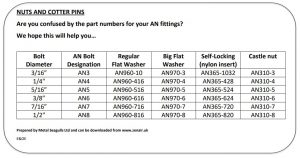Builder resources
There are many places where you can obtain Zenair builder resources…
- The plans which come with the kit. These are the ‘definitive’ help.
- The photo assembly guides. By nature of product development, these lag a bit behind the drawings, but are a great assistance in working out your build sequence.
- www.zenith.aero is a great site for builders to share ideas, experiences and to ask questions
- www.zenith.net the American site for the Zenair range (called Zenith there).
- zenair.com – the Canadian site (note it will swing you back to the Zenith site for lots of things, but has other ‘offshoots’ that are useful.
- For registered builders, updates and other information is available on the password protected area of the zenith website (click on the builder resources tab) www.zenithair.net
- The Metal Seagulls team (the UK and Ireland dealer for Zenair) are always ready to answer questions and support the builders in their area. The best thing is to take a photo of the ‘challenge area’, a photo of the related part of the drawing (if applicable) and then email your question to info@zenair.uk or info@metalseagulls.uk
- If in the UK, you will have an LAA inspector who is an invaluable resource. Jonathan Porter and Patricia Porter OBE at Metal Seagulls are LAA inspectors also.
- Service Bulletins and other useful information related to the Zenair range of aircraft can be found here Zenair Ltd Continued Airworthiness (newplane.com)
How do I know which bolt to use?
During the build, many folks struggle to identify their AN Bolts… so to make it a bit easier, we have a downloadable self-print chart which you can download by clicking the image below. When you print it out choose ‘actual size’ and/or un-check ‘fit to page’ (fitting to page will make it wrong!!!). Then check the 1″, 2″ and 3″ lines. If they are not exactly those dimensions you can adjust using a %age zoom on a photocopier to get the it right.
If you place the bolt on the line (as shown) you will be able to read the LENGTH of the bolt in 1/8″ of an inch. Note 8/8″ is 1″, so that is read as 10. Then 1 and 1/8″ is 11, etc. For the diameter, you can measure in 1/16″ of an inch – or offer to the circles. Then the codes for holes are as follows. If there is an ‘H’ then there is a HOLE in the head of the bolt. If there is an A then then then the hole in the shank is ABSENT. So, an AN3-5A is 3/16″ diameter, 5/8″ long without a hole in the head or shank. A AN3-H-5A is the same bolt but with a hole in the head (for wire locking) and a AN3-5 is the same bolt but without a hole in the head and with a hole in the shank (for a castle nut).
How do I know which NUT to use?
Nuts come in different types.
‘SL’ (self locking) which is similar to nylock, and has a nylon insert to stop the nut vibrating off. These do not belong close to hot areas (ie on an engine mount) as the nylon will melt! These can come in two different ‘heights of nut’. Make sure you use the correct one!
Castle nuts which look like little castles for use with a bolt with a shank hole and a cotter pin (split pin).
Metal nuts which are without castle-ations and without any inserts – there are some which are vibration resistant too.
Check the drawing to make sure you use the correct type. If you are unsure, always ask!


